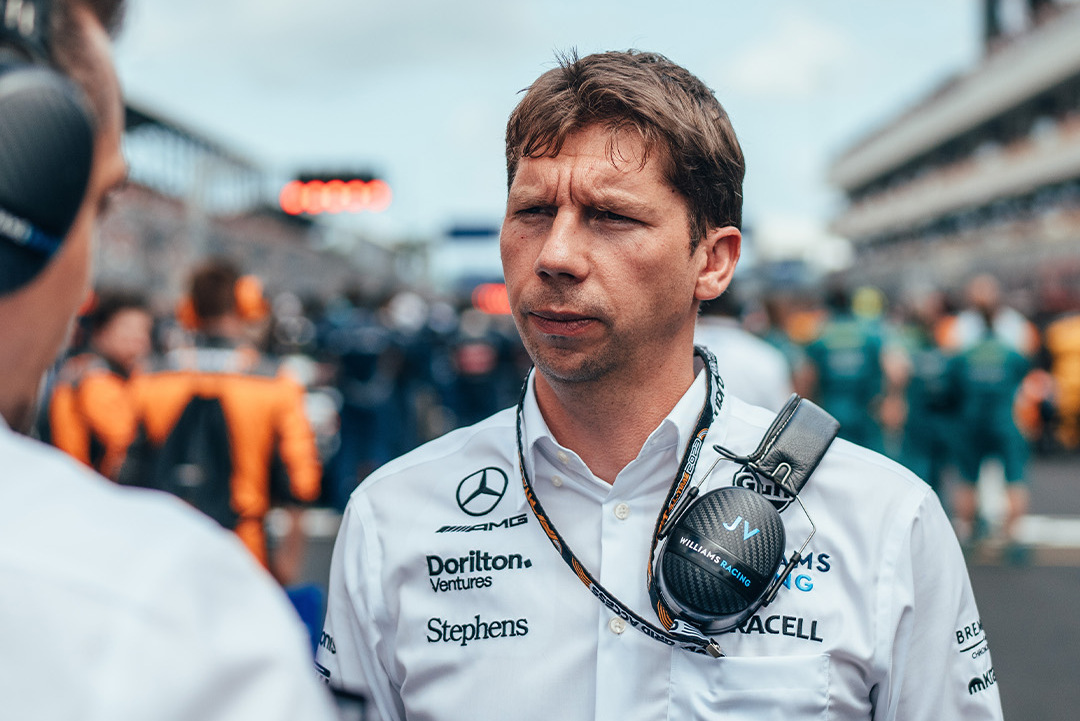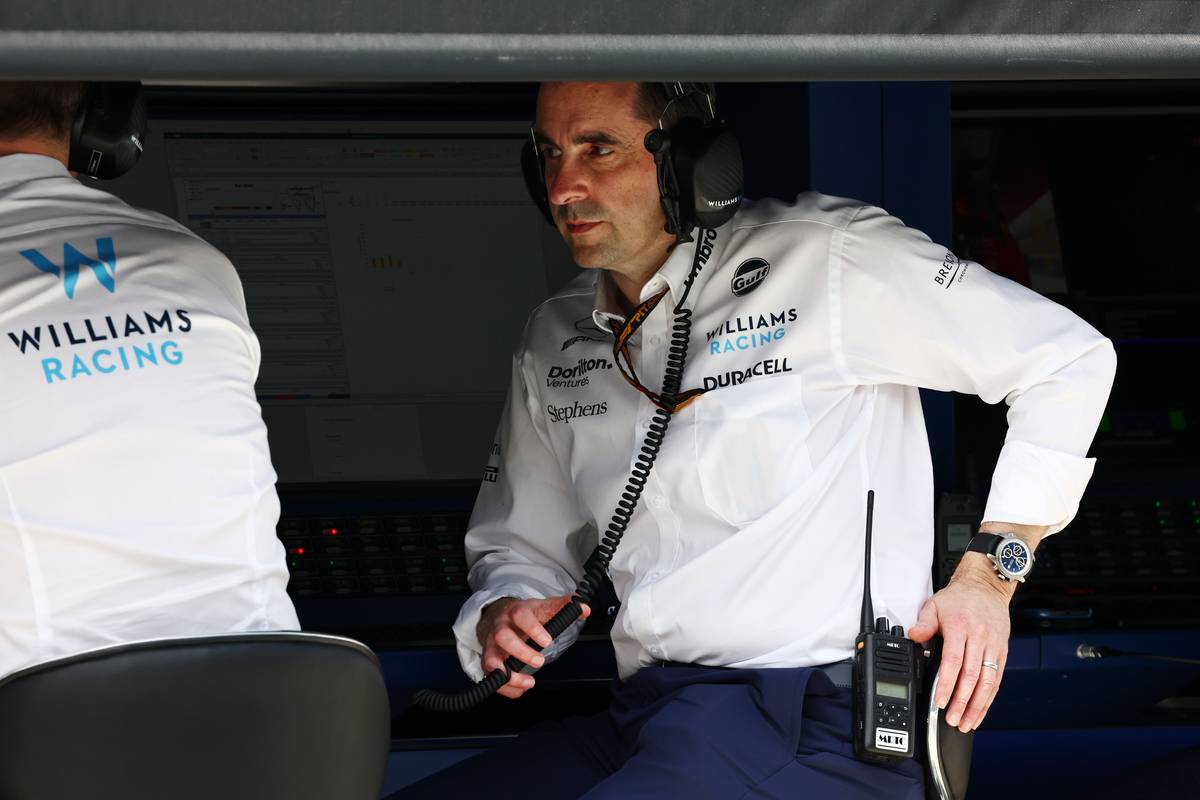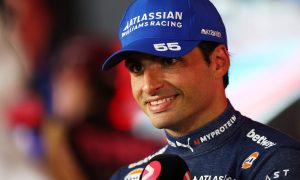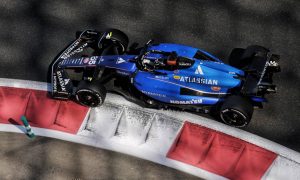
Williams' efforts to move up the grid are well underway under the guidance of team boss James Vowles, but the recovery plan elaborated by the latter will involve more work than anticipated.
Vowles took the helm of Williams at the start of the year, the British engineer transferring to the Grove-based outfit after a long-standing career with Mercedes, mainly as the championship winning team's strategist.
Since its acquisition of Williams in the summer of 2020, new owner Dorilton Capital has sought to turn around the fortunes of Grand Prix racing's third most successful team.
The US private equity firm has deployed significant capital in the past two years and undertaken management changes in its bid to transform the Grove-based outfit from an also-ran competitor into a top midfield contender.

©Williams
Vowles' appointment earlier this year was seen as a defining steppingstone in the team's evolution and development.
But the Williams team boss isn't relying on short cuts or timesaving methods to accelerate the outfit's transformation according to Dave Robson, the team's Head of Vehicle Performance.
"I'm completely confident in what he is doing," said Robson, quoted by Motorsport.com. "The timescales involved in actually seeing the real progress, it may take us beyond '24, perhaps.
"There's quite a lot of rebuilding and restructuring, and getting his experience of what state-of-the-art genuinely looks like has been quite enlightening.
"But it does mean there's a lot to do and probably more to do than we thought there was. So, there's a lot to do but he's set in motion all of the right things but there's a gestation period to all of that."

©Williams
Williams' FW45 is performing reasonably well this season, although the team has scored but a single championship point, courtesy of Alex Albon in Bahrain.
As the team heads into the summer, more of its resources will be switched towards the development of next year's contender.
However, Robson says the sustained development of this year's car and the lessons derived from the latter are an integral part of the process of defining next season's FW46.
"Those two things are not quite one and the same but to a certain extent they are, in that it's still just about understanding the subtleties of where the car is weak and making sure that at least what we do bring for the rest of this year does what we expect it to and is still helpful for the bigger changes that will come next year," Robson explained.

Dave Robson,) Williams Racing Head of Vehicle Performance.
"I think it still just comes back to the learning. That's still the most important thing.
"It's understanding the subtleties that you can get with some of the corners as to why the car doesn't behave as the drivers would like it to, and then taking that back to base and understanding what it is we need to do to make it work.
"I think we've got a reasonably good idea, but, obviously, making it happen is not easy."
Keep up to date with all the F1 news via Facebook and Twitter





